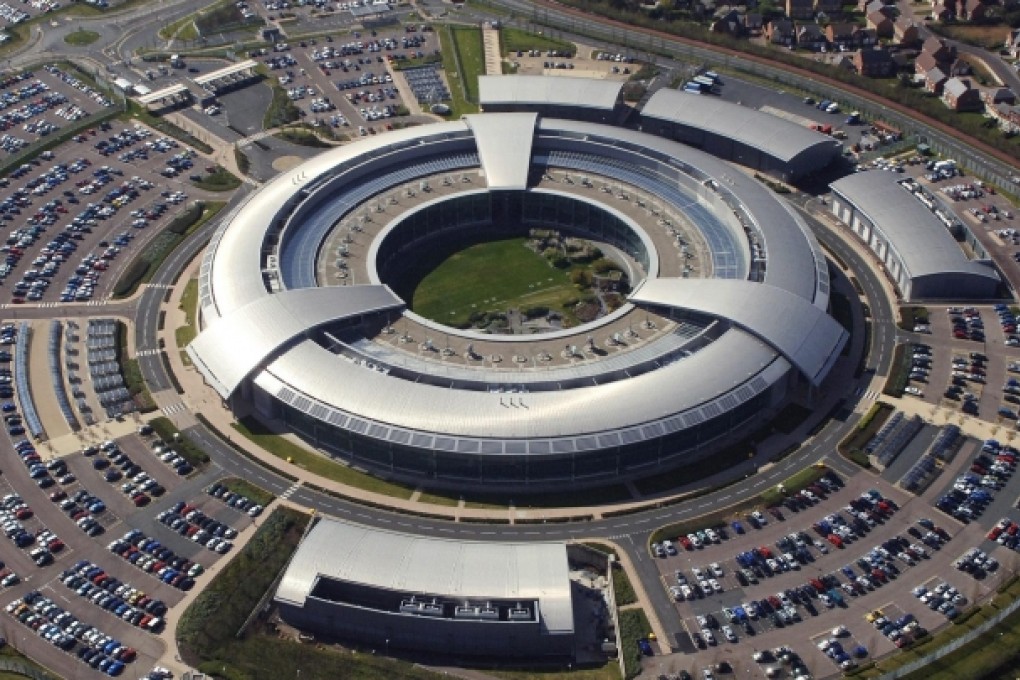Little is new in latest cyberspy drama
Since Julius Caesar, nations have sought advantage from eavesdropping on opponents, with the only difference being today's degree of sophistication

Edward Snowden's exposé of cavalier cyberspying by the US and Britain is neither explosive nor even surprising. Intelligence-gathering on friend and foe using the most advanced technology of the day to protect national interest or achieve strategic advantage is as old as the Trojan wars. What his whistle-blowing does highlight is how technology in our digital age has changed the scale of the spying, with "big data" becoming "big brother". But we knew that already, didn't we?
There is a precedent to Snowden's disclosure that Britain's intelligence agency Government Communications Headquarters (GCHQ) intercepts phone and internet traffic carried by under-sea fibre-optic cables. During its imperial heyday, Britain used its global telegraphic network to gather intelligence and dominate world trade. Between 1892 and 1923, British companies owned and operated up to 42 per cent of the world's cables, which transmitted the bulk of telegraphic traffic for continental countries such as Germany and France. At the hub of this network, London had access to telegraphs sent by allies and enemies alike, and exploited this technological advantage to spy on both.
At the start of the first world war, Britain cut off the undersea cables that allowed Germany to communicate with its embassies in the Americas. The US, then still a neutral party, offered Germany the use of its diplomatic cable to communicate with the German embassy in the US. The cable, however, was routed to the United States via a relay station in Britain, where intelligence operatives hacked into and copied all the US diplomatic telegraphs.
On January 6, 1917, the German foreign minister Arthur Zimmermann sent a coded message via the US diplomatic cable to its embassy in the US for retransmission to its embassy in Mexico. Zimmermann's telegram contained a proposal for Mexico to join Germany if the US entered the war on the side of Britain and France; in exchange, Germany would support Mexico in recovering the territories of Texas, New Mexico and Arizona that it had lost to the US.
The British were then able to show the Americans evidence of Germany's attempt to recruit Mexico against the US in its own backyard. Revelation of the Zimmermann telegram's contents angered the American public and led to the US declaration of war on Germany on April 6, 1917. In this well-documented episode, Britain had no qualms about eavesdropping to promote its interests - to get the US into the war on its side.
Times change, technology advances, but spying and surveillance in the protection of national interest remains the reality. Instead of just tapping a few telegraph cables and deciphering diplomatic messages, today's eavesdroppers are confronted with vast amounts of information transmitted through ultra-high-speed fibre-optic networks. GCHQ reportedly has technology that can monitor about 1,500 of the 1,600 high-capacity fibre-optic cables going into and out of Britain at any one time, and can extract information instantly from 200 cables that can each transmit 10 gigabits per second. This is equivalent to potentially tapping into about three million telephone conversations, or at least half a million high-speed internet connections. With these tidal waves of information, the challenge becomes one of detecting anomalies, recognising patterns, parsing and interpreting key words, and correlating data to come up with any intelligence of value.
